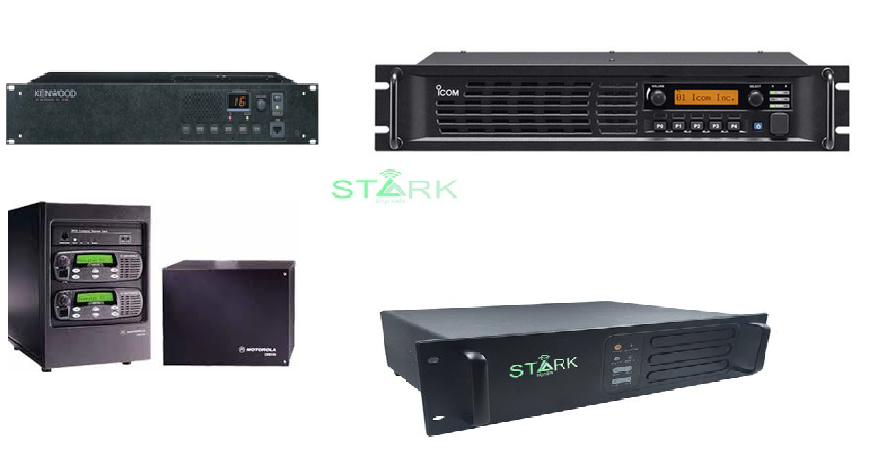What Is a Radio Repeater, and How Does It Expand Wireless Communication Coverage?
A radio repeater is a specialized unit that blends the functions of a receiver and a transmitter. Its main role is to capture incoming radio signals and relay them over greater distances, allowing for two-way radio communication far beyond the typical range of direct transmission.
By installing a repeater on elevated locations such as towers, rooftops, or mountain ridges, communication becomes possible between mobile units that would otherwise fall outside each other’s line-of-sight coverage. This makes repeaters a key infrastructure element in public safety networks, industrial radio systems, government communications, and amateur radio setups.
How Radio Repeaters Work
Each repeater system operates using two separate frequencies. Mobile transmitters broadcast on one frequency (the input), while the repeater listens on this input channel and simultaneously retransmits the signal on a second, distinct frequency (the output). This dual-frequency operation ensures seamless signal forwarding across vast distances or obstructed terrains.
Because the repeater must receive and transmit nearly at the same instant—often using a shared antenna—high-performance frequency-selective filters are necessary. These filters shield the receiver from interference caused by its own outgoing signal, maintaining clarity and avoiding overload.
In certain systems, repeaters function across two completely different frequency bands. This configuration is often used either to improve isolation between input and output paths or to meet specific system requirements, especially in complex or high-traffic radio environments.















